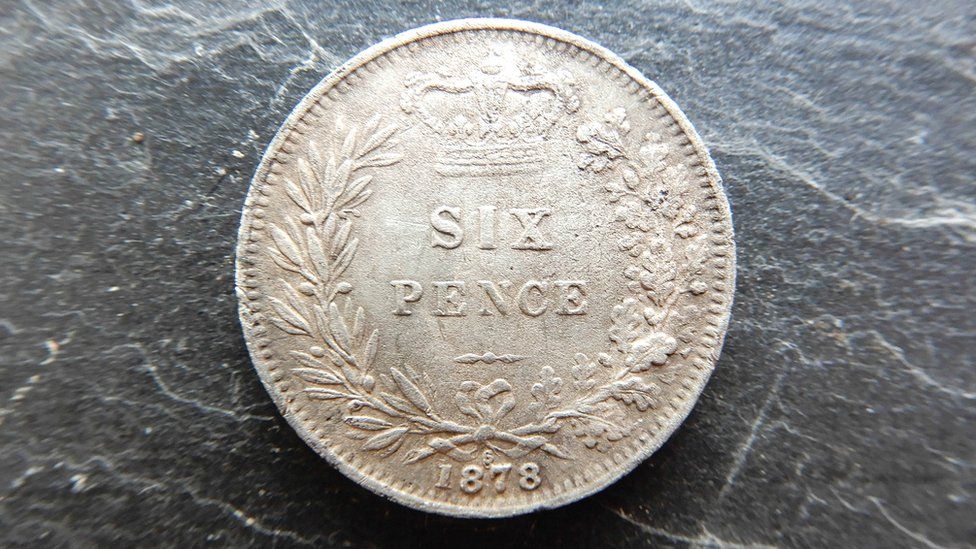The ring is in "almost perfect condition," Nigel Mills, a consultant in coins and antiquities at Noonans, said in the release. The jewelery has a golden hoop of two entwined bands to symbolize marital union and an inverted diamond set into it.
Inside the band is a medieval French inscription that reads, "Ieo vos tien foi tenes le moy," translating as, "I hold your faith, hold mine," according to the auction house.
Due to the location of the find and the quality of the ring, Noonans' experts surmised that it's the wedding ring of Joan Brook, given to her by her husband, Thomas Brook.
Their marriage in 1388 brought great wealth to the Brook family, the release said, as Joan was the widow of Robert Cheddar, a wealthy cloth merchant and twice mayor of Bristol -- a city in western England.
It was at a time when medieval notions of chivalry and courtly love were at their zenith, concepts which the ring reflects,
Noonans said.
Now known as The Lady Brook Medieval diamond ring, the item will be auctioned on November 29.







